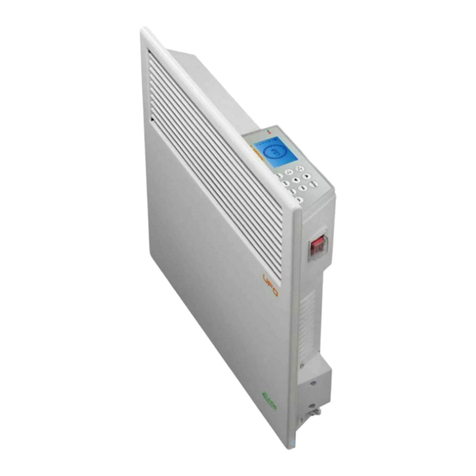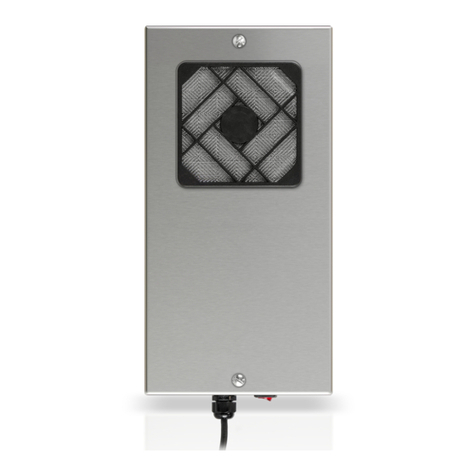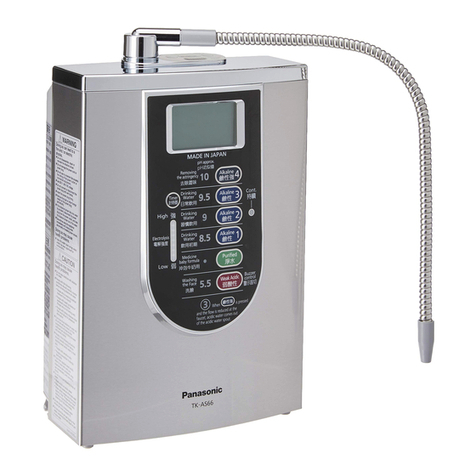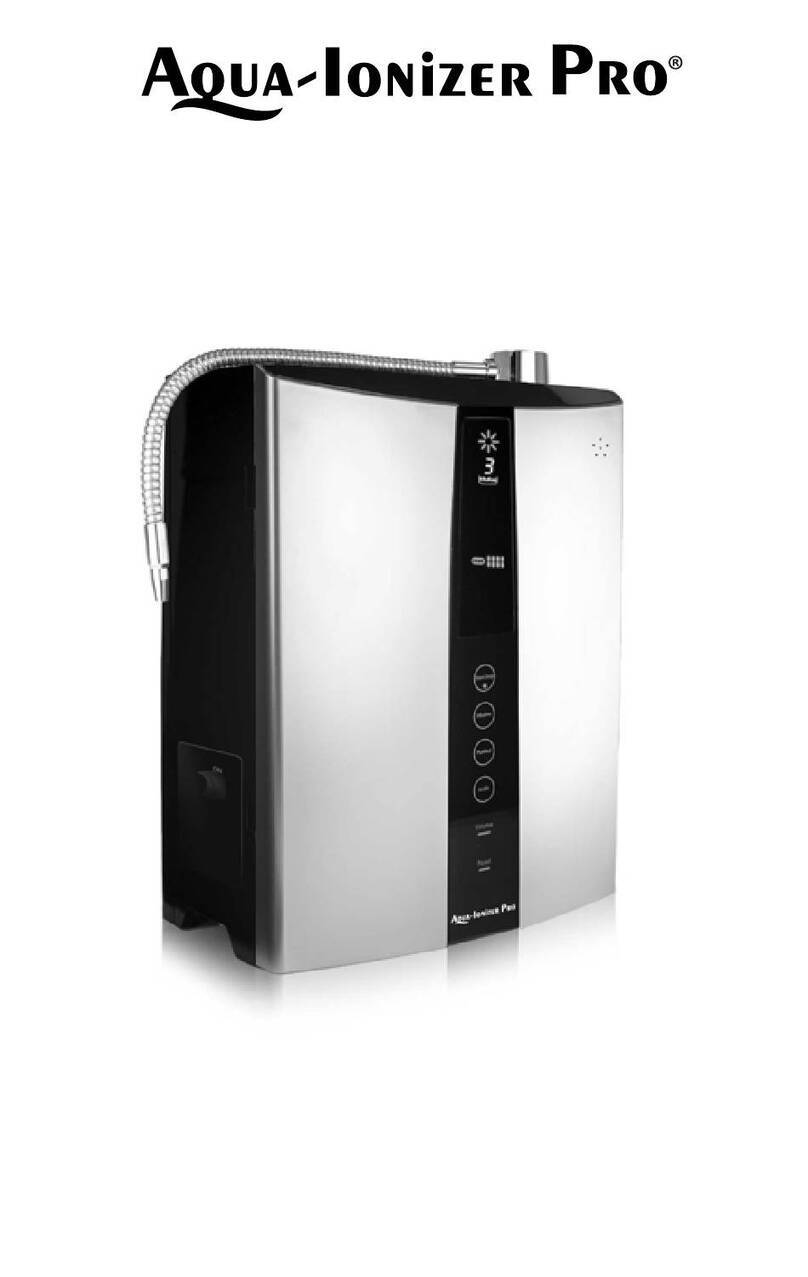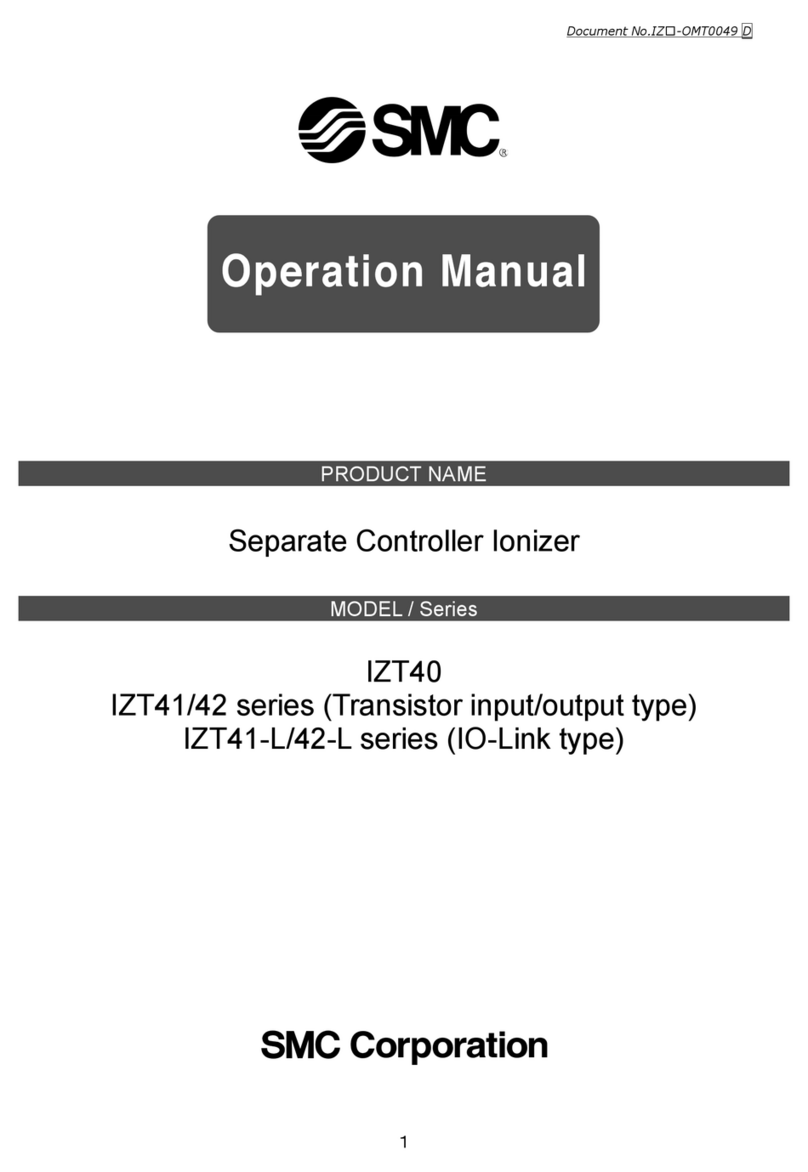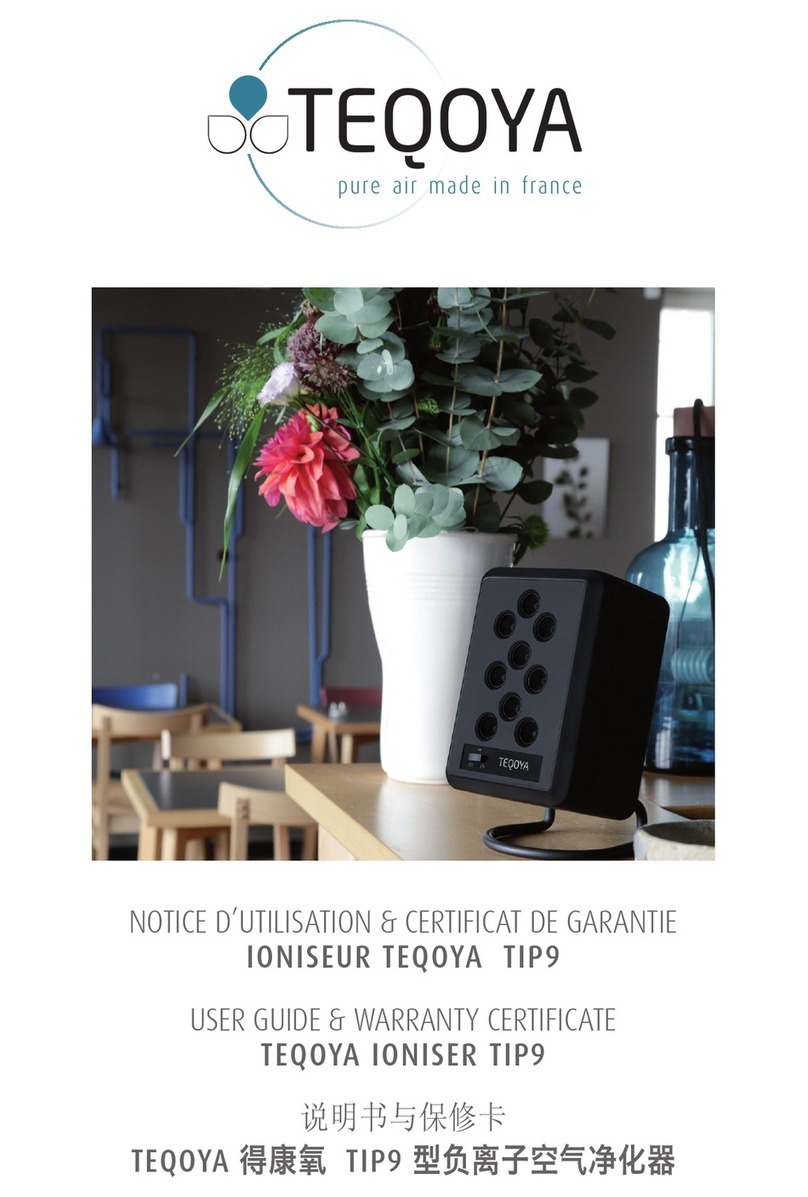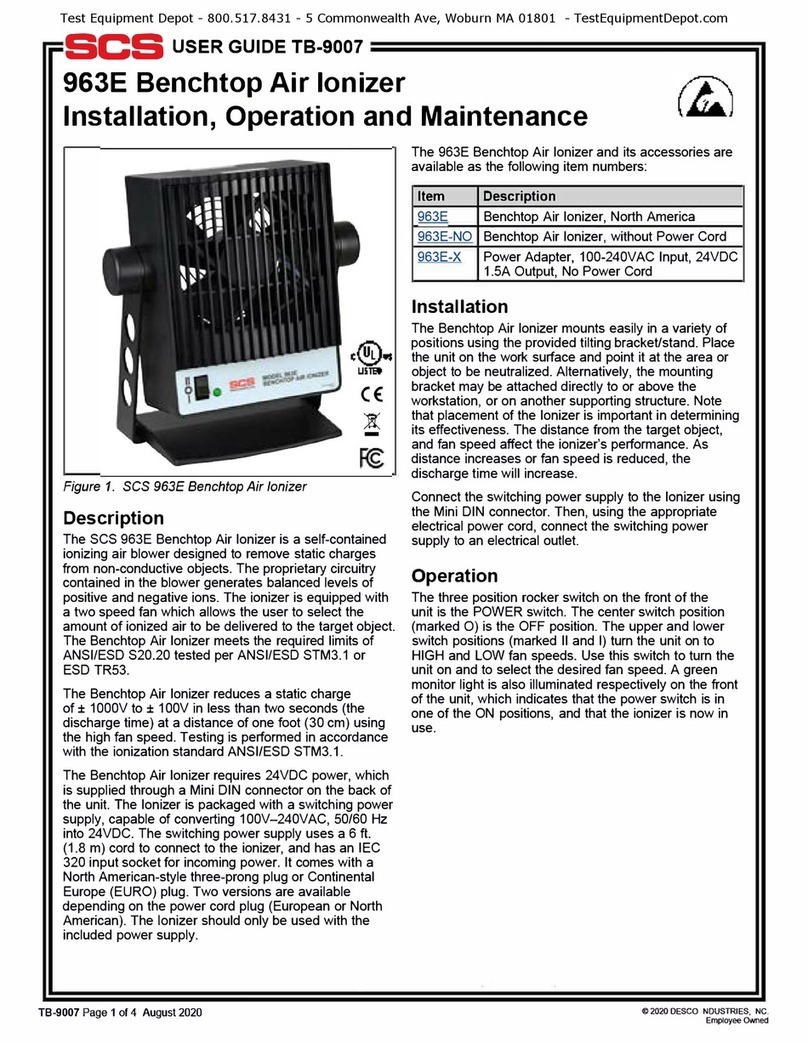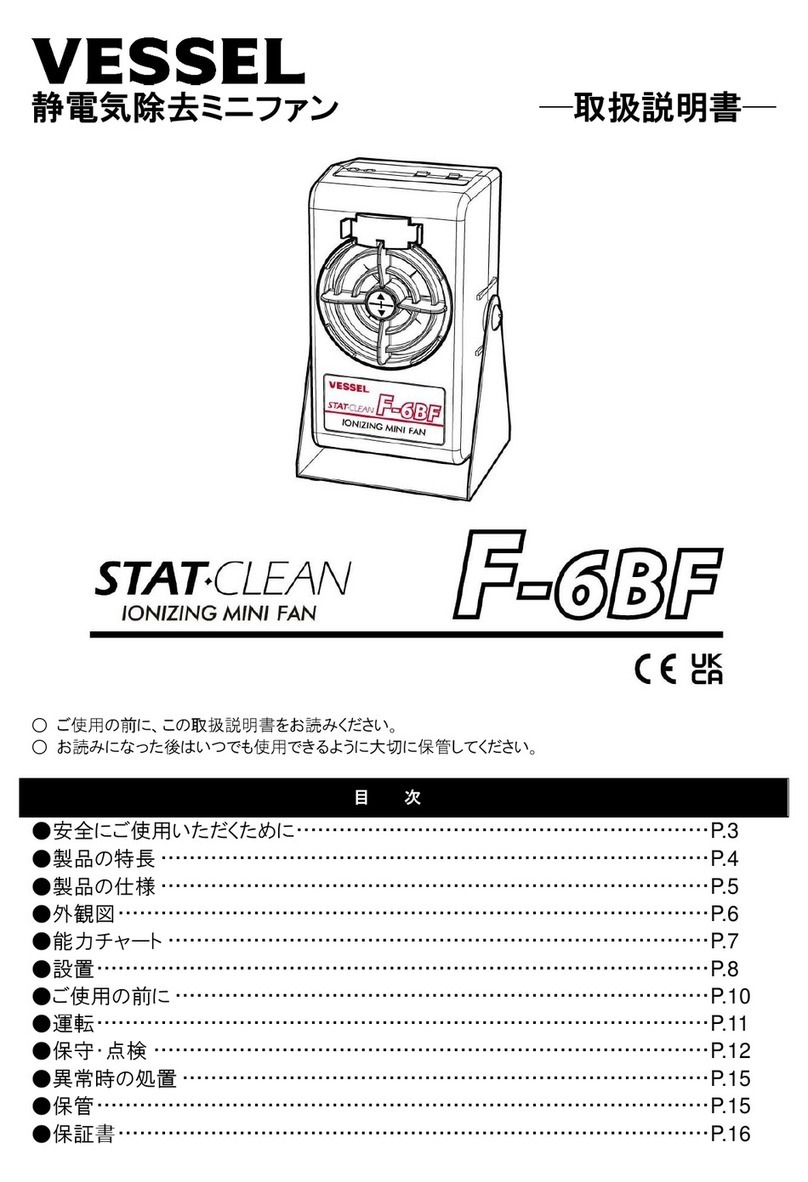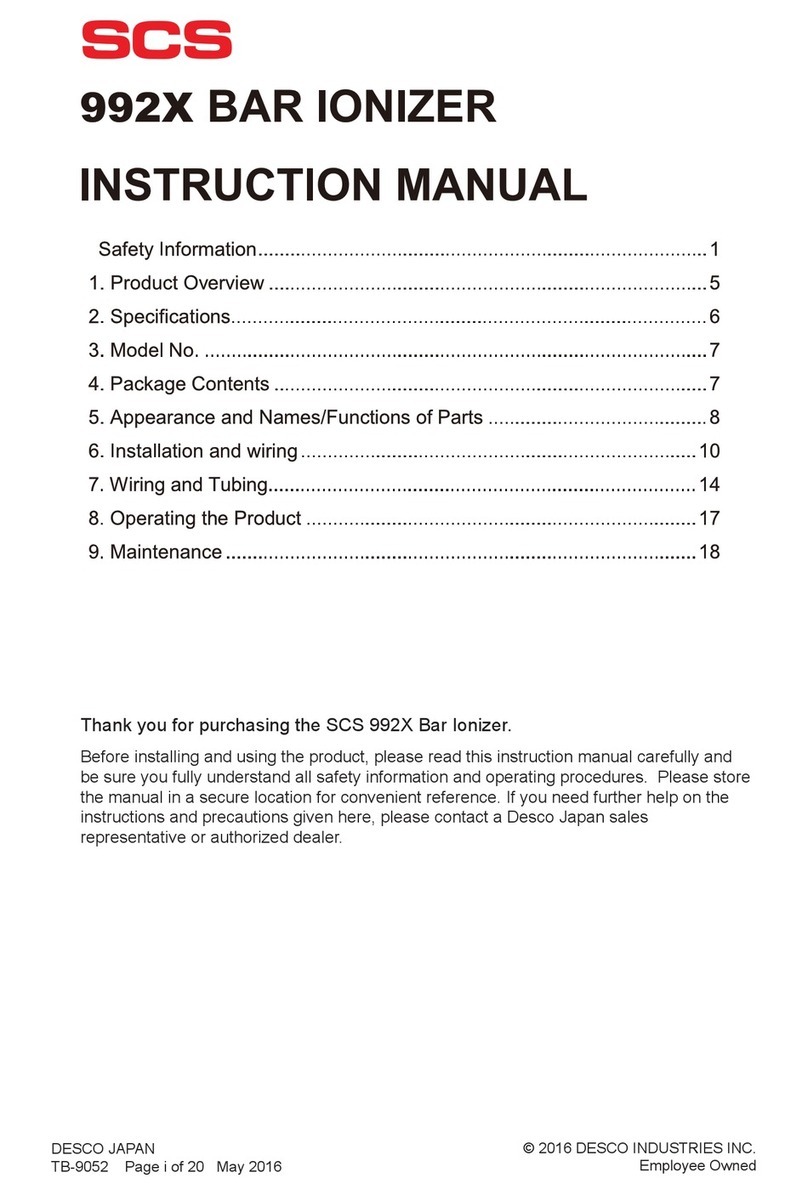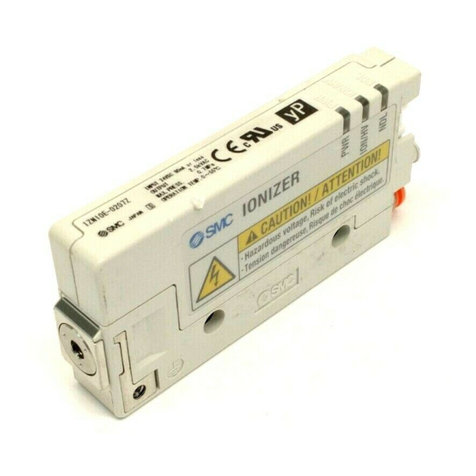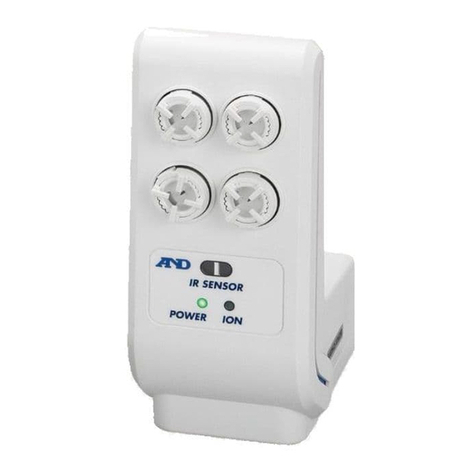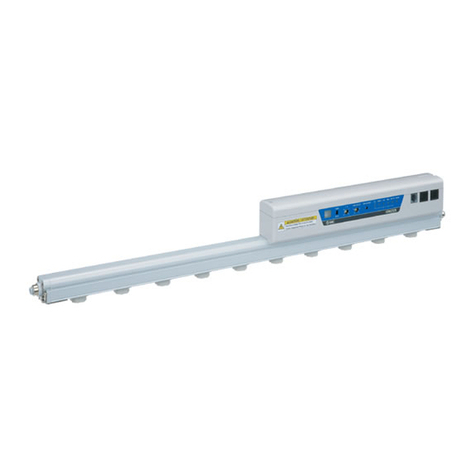
Instruction Manual The Fischer R13 page 8 of 33
When starting treatment, sessions should be performed four times per week and
not more than once daily for approx. 15-minutes each. After about 10
treatments, sweat secretion decreases to normal levels. Due to the reversible
character of the therapy, a long-term treatment (maintenance schedule) is
indicated with sessions lasting approx. 15-minutes, to be conducted once or
twice per week, depending on the severity of the clinical symptoms. For cleaning
and disinfecting, please refer to item 12 in the user manual.
Any use beyond this scope is considered “not according to intended use.” The
manufacturer cannot accept any responsibility for personal injury or material
damage that is or might be caused by usage beyond the scope of “intended
use.”
6 How Iontophoresis Works
Treatment with The Fischer®is conducted by directing an electric current to the
affected body regions. A contact of water (by means of a water bath or wet
sponge) facilitates this current flow which leads to a reduction of the sweat
secretion of the treated skin regions.
To put it simpler: imagine your skin is a sponge. The Fischer® uses an electric
current to push the natural minerals found in tap water into the holes (your
sweat pores) “plugging them up” to create a long-lasting dryness barrier.
This therapeutic effect has been validated in numerous medical studies; a
scientifically unambiguous explanation for its mechanism of action is still
outstanding. Medical experts assume that the electrical current irritates the
synaptic connections between sweat-inducing nerves and sweat glands to such
an extent that the sweat glands are no longer stimulated to secrete sweat. This
means the sweat gland itself is not impacted but merely the “supply line“ to the
nerves. The therapeutic effect only occurs after repeated treatment and is
of reversible nature, hence, treatment is to be repeated regularly.
The intensity (amperage) of the current must be adjusted according to the
individual’s sensitivity. There is no danger or risk to you as the current is limited
to certain maximum values.

